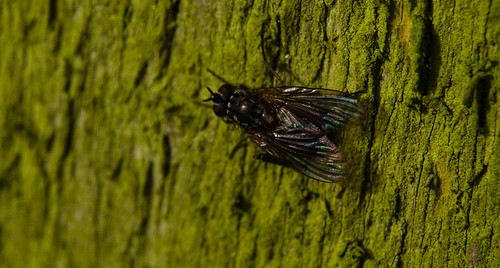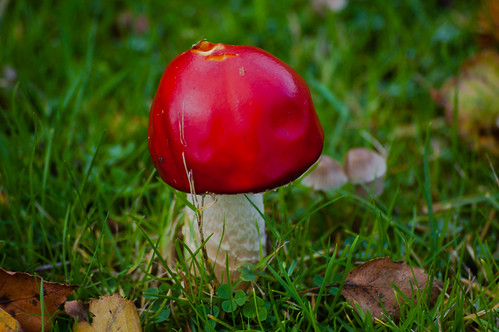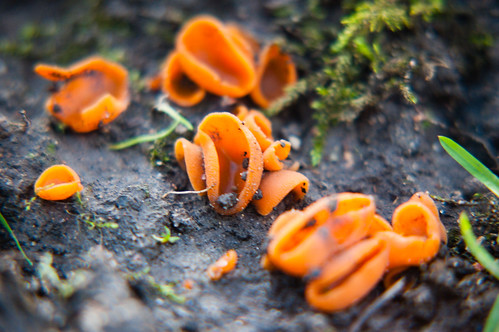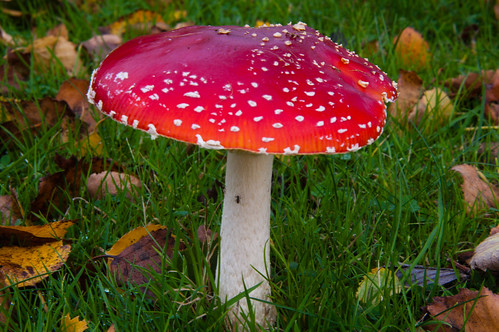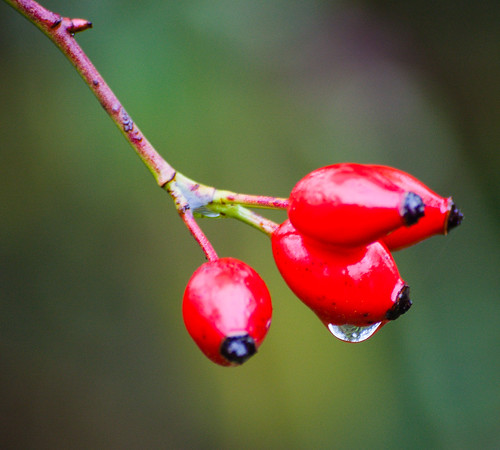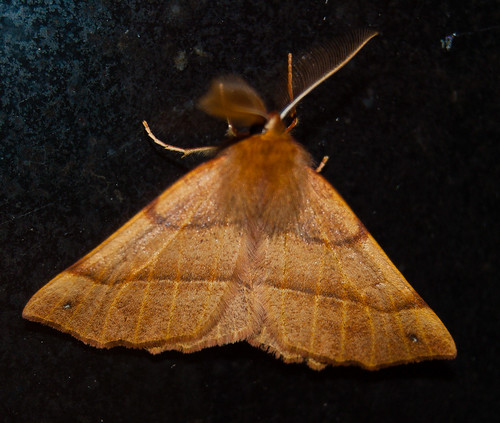Laccaria laccata gets its common name because it is extremely variable in appearance, even for a fungus.
The deception is that it can supposedly appear that several different varieties of toadstool have been found, when in fact there is only the one.

